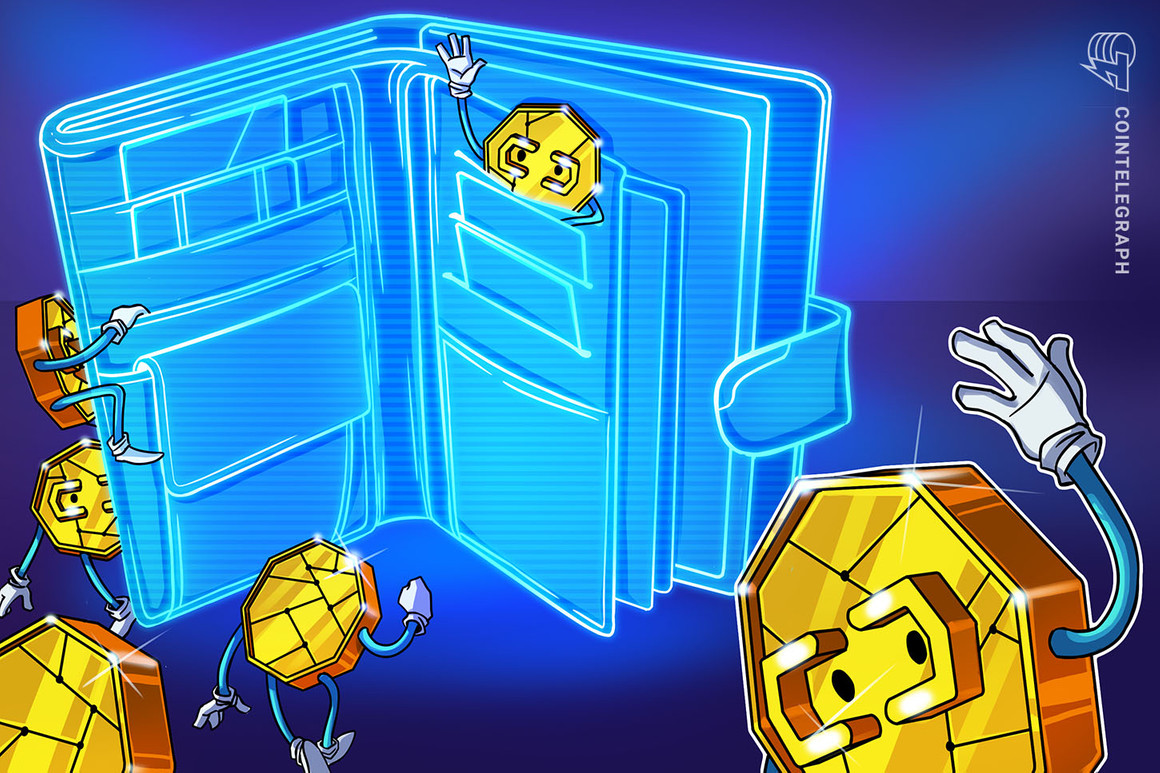As crypto ownership becomes more and more common, holders will need to think about how they protect and hold their assets. The safest option is storin

As crypto ownership becomes more and more common, holders will need to think about how they protect and hold their assets. The safest option is storing cryptocurrency in a personal wallet.
Crypto wallets are programs that allow users to store, send and receive cryptocurrency. Each wallet has a private key that allows the wallet to be spent. Private keys are cryptographic strings of code that allow owners to spend the funds inside a wallet, as well as prove ownership. Wallet information is also stored offline, reducing the risk of a hacking attempt. Everyday non-technical crypto users can benefit from the increased security, but it may come at the cost of convenience, depending on their needs.
What is a custodial wallet?
A custodial wallet is a kind of online cryptocurrency wallet that a third party manages, such as an exchange, after users make their first cryptocurrency purchase. In other words, the exchange is the custodian, responsible for safely holding the user’s cash and keeping track of the keys. The bulk of client money is housed in cold storage hardware wallets at major United States crypto exchanges.
A custodial wallet is less secure than a noncustodial wallet. Yet, many people still choose them since they are easier to use and involve less responsibility. If users forget their password for their exchange account, they can probably reset it through established identity verification processes.
What is a noncustodial wallet?
With a noncustodial cryptocurrency wallet, users are the sole guardians of their private keys and, therefore, the assets that are being stored. Noncustodial wallet since it removes the need for a trusted third party and, in some respects, are more secure than custodial wallets.
There are many different kinds of noncustodial wallets, including browser-based ones, software wallets for mobile phones and computers and hardware wallets. Hardware wallets, which come in various formats, are said to provide the highest level of security for storing crypto. These digital currency wallets resemble USB drives but have a display and physical buttons instead.
Hiccups with noncustodial wallets
Noncustodial wallets are simple to set up. For software noncustodial wallets, holders need to download the wallet, back up the recovery seed phrase, or a key comprising a 12-, 18- or 24-word string of random words, and set a password.
Furthermore, if users forget their password, the seed phrase serves as a backup by which they can still access their assets.
Beyond this, there is little support for hardware wallet users should users lose their keys or fail to take the necessary operational security measures for securing the password and keys. If a user loses, deletes or forgets their key, they risk losing access to their funds entirely.
Therefore, in order to adequately protect this information, noncustodial wallet users are required to take extra measures to ensure the password and wallet are secure.
Related: Simple steps to keep your crypto safe
When securing seed phrases, the usual advice is for users to write them down on a piece of paper and keep them stored in a safe place. However, it’s generally not recommended that users keep seed phrases stored on text files on their personal computers or mobile devices. For example, personal computers and Android devices are susceptible to viruses, while notes stored on iPhones can be compromised if a user’s iCloud account is hacked. So instead, the best practice for keeping seed phrases safe is to keep them offline.
There are additional methods that users can take to secure their seed phrases. For example, Serenity Shield is a digital storage platform that enables users to recover their seed phrases in the event of loss via its Strongbox feature. Seed information is on the blockchain as a non-transferable nonfungible token (NFT). This way, only the owner can access and read the information stored within the Strongbox.
Other than concerns about keeping them secure, the mechanics of sending transactions on noncustodial wallets can also be challenging for crypto newcomers.
Most noncustodial wallets require users to pay for transactions using the native cryptocurrency of the network upon which the token is built. For example, if a user wants to transfer Tether (USDT) on Ethereum, they need to have Ether (ETH) in their wallet to pay for gas. So, users will have to buy ETH, then move it to their wallet before they can transfer the USDT.
However, hot wallets on exchanges enable users to pay for transactions using the same token. For example, cryptocurrency exchange Binance enables users to pay for Tether transactions using USDT instead of ETH or the tokens of other networks it runs on like BNB or Tron (TRX). Since users don’t need to hold the network’s native token, token transfers are simplified.
Some in the crypto space believe that noncustodial wallets are still not practical for everyday users who may not be concerned with backing up their own private…
cointelegraph.com
